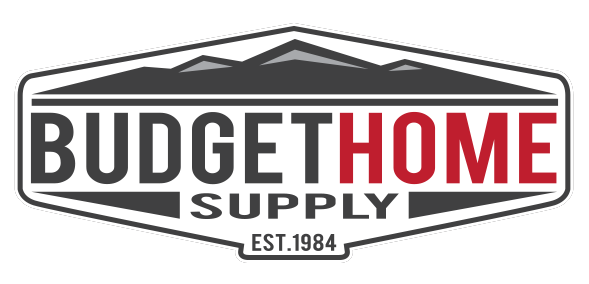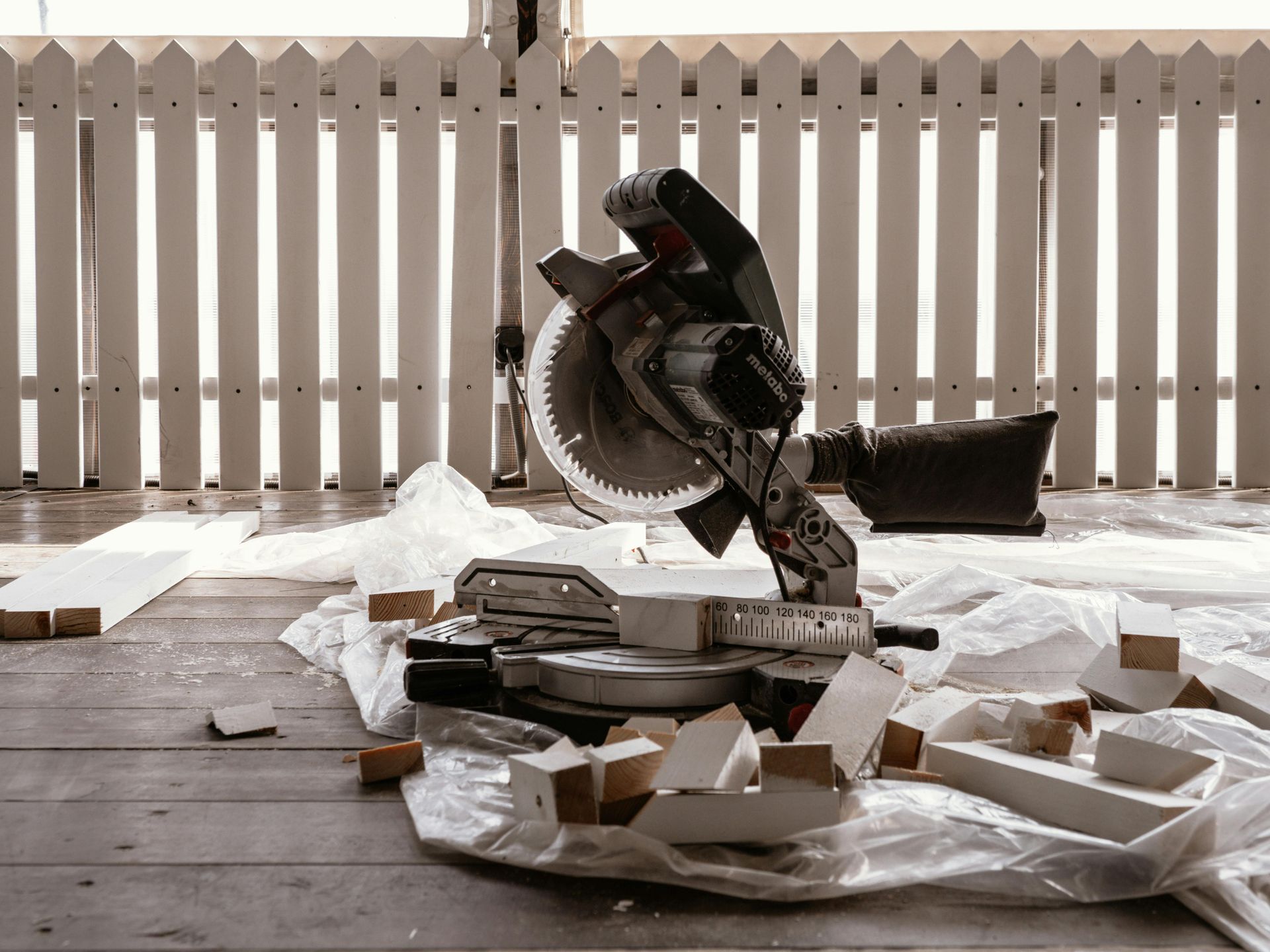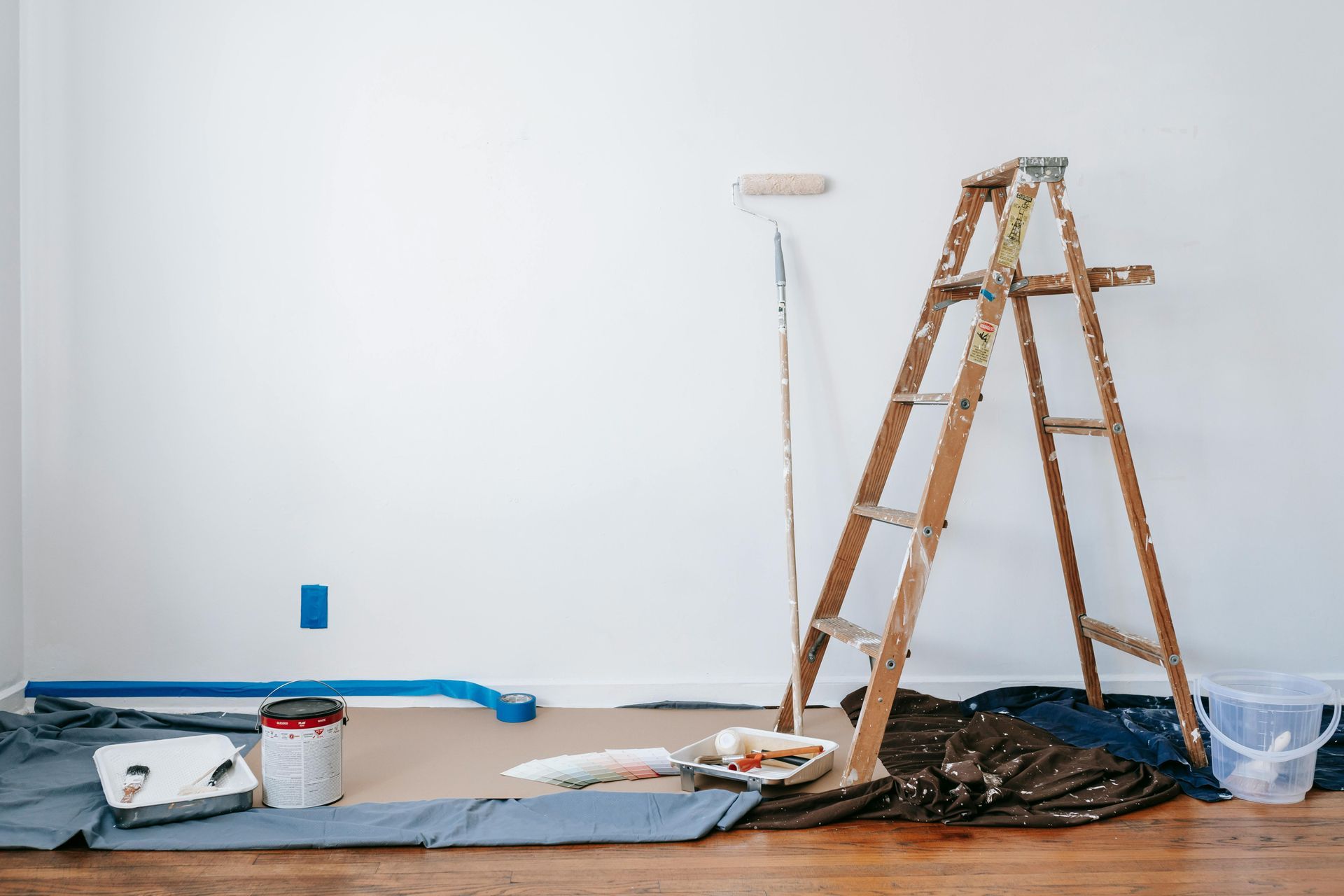The Ultimate Guide to Weatherproofing Your Home: Tips for Every Season
A frosty winter evening is the perfect time to curl up on the couch with a hot mug of cocoa and watch the snowflakes flurry outside. But what if a sudden gust of wind rattles your windows, and you feel a chill creeping inside?
Not exactly the cozy winter scene you were hoping for, right?
This is where weatherproofing your home comes in. Whether you live in a region with scorching summers or freezing winters, taking the time to weatherproof your home can lead to many benefits.
This ultimate guide will provide practical home weatherproofing tips for all seasons, ensuring your space remains cozy and inviting no matter what Mother Nature throws your way.
Understanding Weatherproofing
Before diving into specific tips, let’s clarify what weatherproofing means. Essentially, it involves making your home resistant to various weather conditions, including rain, snow, wind, and extreme temperatures.
Weatherproofing can help you save money on heating and cooling costs, reduce wear and tear on your home, and create a more comfortable living environment.
Spring Weatherproofing Tips
As the cold winter months give way to the warmth of spring, it's time to prepare your home for the upcoming seasons. Here are some effective weatherproofing strategies to implement during spring:
- Inspect and Clean Gutters
After winter, your gutters may be clogged with debris like leaves, twigs, and ice. Take the time to clean your gutters thoroughly to ensure they’re functioning correctly. Clogged gutters can lead to water damage and mold growth, which can be costly. - Check Your Roof
As the weather warms, inspect your roof for damage. Look for missing or damaged shingles, cracks in the roofing material, or signs of leaks. Addressing these issues promptly can prevent bigger problems later on. - Seal Windows and Doors
Check the seals around your windows and doors to ensure they’re tight. If you notice any gaps or cracks, use caulk to seal them. This will help keep your home energy-efficient and comfortable as temperatures rise. - Inspect and Repair Exterior Paint
A fresh coat of paint can do wonders for your home’s exterior. Inspect your home’s paint for any peeling or chipping, and consider repainting areas that show signs of wear. This will not only improve aesthetics but also protect your home from moisture.
Summer Weatherproofing Tips
As temperatures rise, keeping your home cool and comfortable is crucial. Here are some summer-specific weatherproofing tips:
- Install or Check Air Conditioning Systems
Ensure your air conditioning system is functioning efficiently. Schedule a maintenance check if necessary. Clean or replace air filters to improve airflow and reduce energy consumption. - Use Reflective Window Films
Applying reflective window films can help reduce heat gain in your home during the summer. This can lead to lower cooling costs while keeping your living spaces comfortable. - Maintain Landscaping
Keep your trees and shrubs well-trimmed to prevent them from blocking airflow around your home. Plus, ensure that plants are not growing too close to the foundation, which can cause moisture issues. - Weatherstrip Windows and Doors
If you didn’t do this in spring, summer is an excellent time to add weatherstripping to your windows and doors. This will help block hot air from entering your home, making maintaining a comfortable temperature indoors easier.
Fall Weatherproofing Tips
As leaves begin to fall and temperatures drop, you should prepare your home for the upcoming winter months. Here’s how you can weatherproof your home this fall:
- Clean Out Gutters Again
Just as you did in spring, cleaning your gutters in the fall is vital. This time, you’ll want to remove leaves and other debris that can block drainage and cause water damage. - Insulate Pipes
Insulate pipes with foam sleeves or pipe insulation to prevent them from freezing in the winter. This is especially important for pipes in unheated areas of your home, such as basements or attics. - Check Your Heating System
Before winter hits, ensure your heating system is in good working order. Change filters, clean vents, and schedule a professional inspection if needed. A well-maintained heating system will run more efficiently and keep your home warm. - Seal Up Tight
Inspect your home for cracks or gaps in the foundation, windows, doors, and siding. Use caulk or expanding foam to seal these areas and prevent cold drafts from entering your home.
Winter Weatherproofing Tips
When winter arrives, you’ll want to ensure your home is fully prepared to withstand the harshest conditions. Here are some winter weatherproofing tips:
- Install Storm Windows
If you live in an area prone to extreme cold, consider installing storm windows. These additional layers of glass can greatly improve insulation and reduce heat loss. - Add Insulation
Ensure your home is properly insulated, particularly in attics and basements. Adding insulation can help keep the heat in during winter and lower energy bills. - Check Your Fireplace
If you have a fireplace, ensure it’s properly sealed when not used. A closed flue prevents warm air from escaping, helping you maintain a cozy atmosphere. - Monitor Humidity Levels
Winter can lead to dry air in your home. Consider using a humidifier to maintain comfortable humidity levels, which can improve indoor air quality and comfort.
Year-Round Weatherproofing Tips
While it’s important to focus on seasonal adjustments, there are also some year-round home weatherproofing strategies to consider:
- Regular Maintenance
Consistent home maintenance is key to weatherproofing. Regularly check various areas of your home for leaks, cracks, and wear to catch issues before they become larger problems. - Invest in Quality Materials
When it comes time to replace or repair your home’s exterior, invest in high-quality materials designed to withstand your local climate. Choosing durable options can save you money in the long run, whether it's siding, roofing, or windows. - Consider Energy-Efficient Upgrades
Upgrading to energy-efficient appliances and fixtures can help you save on utility bills while enhancing your home’s weatherproofing. Look for ENERGY STAR-rated products that meet efficiency standards. - Stay Informed
Finally, stay informed about weather trends and potential risks in your area. Knowing what to expect can help you prepare your home accordingly and take proactive measures.
Bottom Line
Weatherproofing your home is essential for maintaining its integrity and comfort throughout the year. You can create a welcoming and efficient living space by implementing these home weatherproofing tips for all seasons. Whether you’re preparing for the scorching heat of summer or the biting cold of winter, a little effort goes a long way in protecting your home from the elements.
If you need help finding the right materials for your weatherproofing projects, Budget Home Supply is here to assist you. We offer a wide selection of quality products to help you keep your home safe and comfortable year-round. Visit us today to explore our range of weatherproofing solutions!


